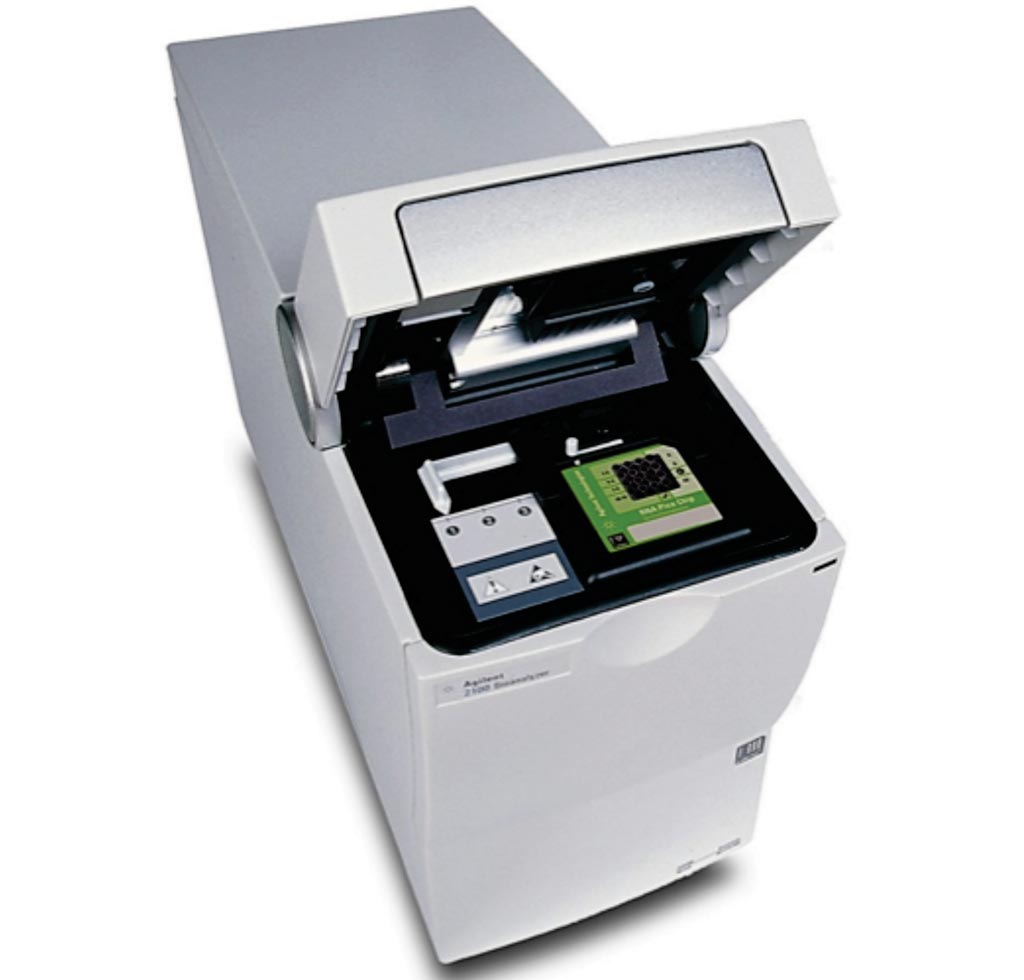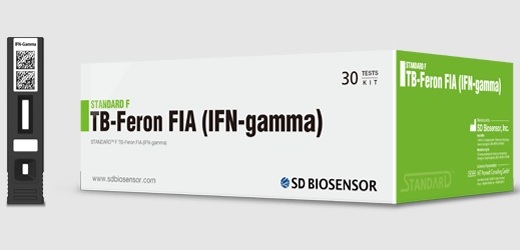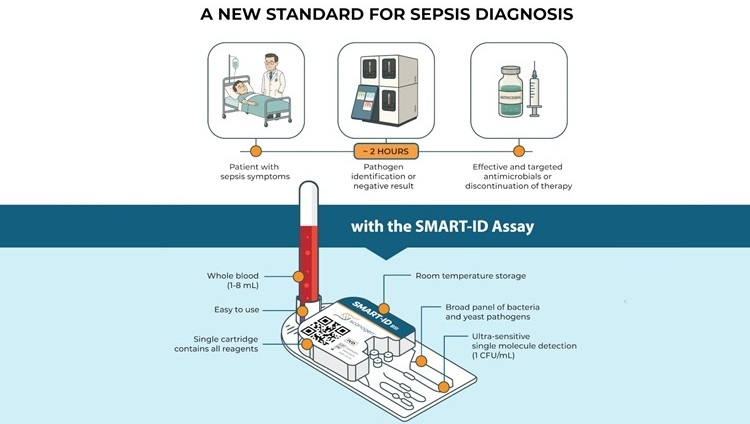Next-Gen Sequencing of CSF Diagnoses Neurobrucellosis
By LabMedica International staff writers
Posted on 21 Feb 2018
Brucellosis is the most common zoonotic infection in the world with more than 500,000 new cases are reported annually worldwide. It is a multisystem infection, with variable clinical presentations and brucellosis with nervous system involvement is known as Neurobrucellosis (NB).Posted on 21 Feb 2018
The clinical features and cerebrospinal fluid (CSF) findings of NB are usually non-specific, and the sensitivity and specificity of routine culture and serological tests vary, making the diagnosis of NB difficult. In endemic areas, NB should be considered in the differential diagnosis of patients presenting with neurological symptoms and concomitant fever.

Image: The Agilent 2100 bioanalyzer is a distinctive analysis tool capable of handling cells, proteins and nucleic acids on a single platform (Photo courtesy of Agilent Technologies).
Scientists at the Peking Union Medical College Hospital (Beijing, China) and their colleagues studied a case series that included four consecutive patients admitted to the Neurology Department between June 1, 2016 and June 1, 2017. The demographic, clinical, radiological, and pathogenic findings, along with treatment and outcomes data, were extracted from the hospital information system.
The team used a 300-μL CSF sample from each patient or a negative ‘no-template’ control (NTC), which was transferred to a new sterile tube, and the DNA was extracted directly with the TIANamp Micro DNA Kit. Extracted DNA was used for the construction of DNA libraries. The DNA libraries were constructed according to the standard protocol of the BGISEQ-100 sequencing platform.
To measure the adapters before sequencing, quality control was performed with the Agilent 2100 Bioanalyzer combined with quantitative polymerase chain reaction (qPCR). Agarose gel electrophoresis was used to analyze the PCR products, and Sanger sequencing with an ABI PRISM 3730 DNA Analyzer was used to validate the sequencing results.
The four patients were rapidly diagnosed with NB using next-generation sequencing (NGS) of the CSF in patients with clinically suspected CNS infections, although the clinical manifestations varied dramatically between these patients. NGS of the CSF revealed that the sequence reads identified that corresponded to Brucella species ranged from 11 to 104, with genomic coverage ranging from 0.043% to 0.4%. Rapid diagnosis led to prompt treatment with the appropriate antibiotics. The authors concluded that their study demonstrated the power of NGS of the CSF coupled with a bioinformatic pipeline in the diagnosis of NB. The study was published in the February 2018 issue of the International Journal of Infectious Diseases.
Related Links:
Peking Union Medical College Hospital














